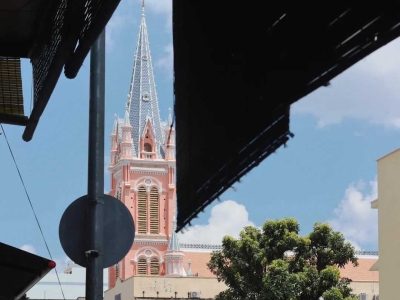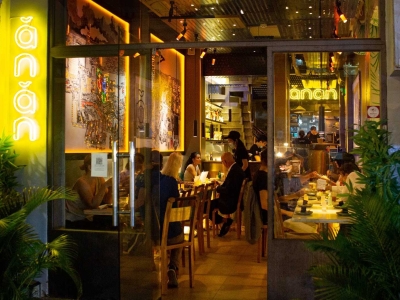Hanoi and Ho Chi Minh City are among Vietnam's most famous cities, so they each have their own characteristics and certain dangers. They both offer a variety of cultural, recreational, and economic activities, which are the reasons for their differences in safety measures and dangers, and are worth knowing for travelers. As the capital of Vietnam, Hanoi is considered to have perhaps better developed urban infrastructure than many other cities, and therefore attracts many expats. Over the years, Hanoi has developed rapidly, with rapid urbanization and improved economic performance. Generally speaking, downtown Hanoi is safe for tourists, but traffic congestion can be slightly worse during the tourist season.
Street thugs almost never cause trouble, especially near places of worship such as the Temple of Literature and the Ho Chi Minh Mausoleum. If the city's police can catch these hooligans, then taming them is not much of a problem. Looking through other travel accounts of Ho Chi Minh City, some will read accounts of scams and thefts encountered while riding tuk-tuks or motorbikes, with comments specifically pointing out the increased security measures. Such experiences are documented in both cities, Hanoi and Ho Chi Minh City, with varying degrees of danger, and safety levels related to many parameters: such as personal taste, time of visit, and length of stay. Both cities are crime-ridden cities: while neither is extremely dangerous, the crime rates are similar, making visitors feel that they can spend their prime time without worrying too much about safety. Just be aware of your surroundings, put safety first, and respect the main safety parameters, and your trip to Hanoi and Ho Chi Minh City will be memorable for all the good reasons and none of the bad ones. |
 Ho Chi Minh 2 District Woods Cabin Massage Spa Bar, nature and cabins blend into one
755 Read
Ho Chi Minh 2 District Woods Cabin Massage Spa Bar, nature and cabins blend into one
755 Read
 Ho Chi Minh, the Paris of the East, is full of coffee culture, low prices, and beautiful architecture
492 Read
Ho Chi Minh, the Paris of the East, is full of coffee culture, low prices, and beautiful architecture
492 Read
 Chè Thái WanWan, Kem bo vfruit, Bò Tơ Quán 4 and other 6 must-visit Vietnamese restaurants in Nha Trang
581 Read
Chè Thái WanWan, Kem bo vfruit, Bò Tơ Quán 4 and other 6 must-visit Vietnamese restaurants in Nha Trang
581 Read
 Top 10 Michelin restaurants in Ho Chi Minh, Taste Vietnamese food with Michelin
427 Read
Top 10 Michelin restaurants in Ho Chi Minh, Taste Vietnamese food with Michelin
427 Read
 Android APP
Android APP IOS APP
IOS APP